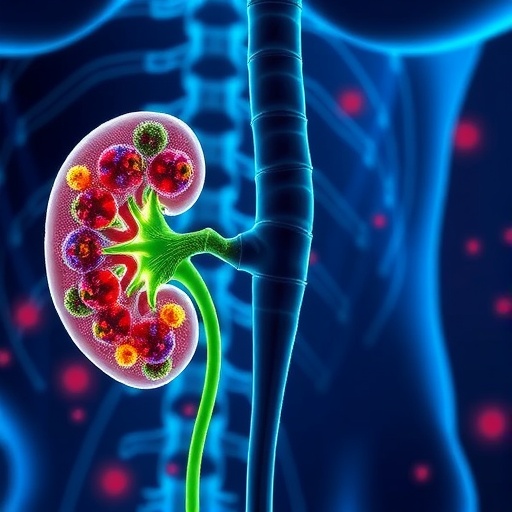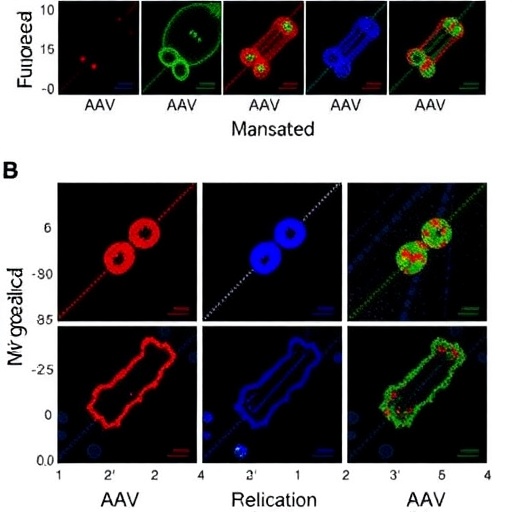In recent years, the perception of penicillin allergy among patients has increasingly come under scrutiny, revealing a disconnect between actual allergic reactions and patients’ beliefs about their penicillin allergy status. A groundbreaking study conducted by Wurcel et al., published in the Journal of General Internal Medicine, delves into this prevalent issue and analyzes how primary care patients conceptualize and respond to their penicillin allergies. Utilizing the Health Belief Model as the framework for their study, the researchers sought to uncover not just the prevalence of self-reported penicillin allergies among patients, but also the underlying beliefs that shape these perceptions.
The Health Belief Model posits that individuals’ actions and health-related decisions are influenced by their perceptions of vulnerability to disease, the severity of that disease, the benefits of taking preventive action, and the barriers associated with that action. In the context of penicillin allergy, these beliefs can profoundly impact treatment decisions made by both patients and healthcare providers. The study’s findings shed light on the consequences of misinterpretations of allergy status, which can lead to the overuse of broad-spectrum antibiotics, increased healthcare costs, and the potential for suboptimal treatment outcomes.
Wurcel’s research involved extensive data collection from a diverse sample of primary care patients. The study aimed not only to identify the prevalence of patients who believe they have a penicillin allergy but also to explore how these beliefs correlate with their medical history and reactions to antibiotics. Interestingly, many patients reported a penicillin allergy based on anecdotal experiences or misinformation rather than through confirmed medical diagnoses. This phenomenon raises serious concerns about the long-standing stigma and misconceptions surrounding penicillin allergies that may be pervasive in the general population.
The implications of this research are extensive. For one, it highlights the pressing need for better patient education regarding antibiotic reactions and the distinctions between allergies, intolerances, and side effects. Many patients may have had mild side effects from penicillin, mislabeling their experience as an allergy without understanding the clinical definitions and implications of such terminology. Consequently, educating patients on the specifics of their reactions can help alleviate unnecessary fears and enable physicians to make more informed prescribing decisions.
Moreover, the disconnect between perceived and actual penicillin allergies underscores a broader issue within the healthcare system regarding communication and information dissemination. Patients often rely on their healthcare providers to guide them through complex medical terminologies, yet misunderstandings can arise from insufficient explanations. Provider communication strategies must evolve to bridge this gap, ensuring patients understand both their health conditions and the rationales behind prescribed treatments.
Wurcel and colleagues also underscore the importance of history-taking during medical appointments. A comprehensive medication history that includes discussions about drug allergies should form a fundamental part of the patient interview. Primary care physicians must engage patients in these discussions, prompting them to share not only their allergic histories but also any relevant experiences with antibiotic therapies. The goal here is to foster a collaborative environment in which patients feel empowered to discuss their concerns openly, leading to better clinical outcomes.
Furthermore, healthcare systems have to reevaluate their protocol for antibiotic prescribing. The overprescription of broad-spectrum antibiotics due to patients’ self-reported allergies detrimentally affects clinical guidelines designed to combat antibiotic resistance. The study suggests a shift in perspective regarding penicillin allergies, advocating more detailed evaluations when patients claim such sensitivities. This can not only reduce unnecessary prescriptions but also encourage the safer use of antibiotics, particularly as healthcare systems battle increasing antibiotic resistance.
Additionally, the study highlights the role of healthcare policy in addressing these issues. Implementing standardized practices for evaluating self-reported allergies through validated screening tools might streamline patient assessment and improve treatment accuracy. Moving forward, policymakers could advocate for initiatives that encourage healthcare education, focusing on clarifying misconceptions about penicillin and its use in treatment protocols.
A particularly alarming insight from Wurcel’s research is the potential social stigma attached to patients labeled as penicillin allergic. This stigma may result in significant emotional distress, causing patients to be overly cautious or entirely avoid certain medications. An understanding of this phenomenon is crucial for healthcare providers since emotional well-being plays an equally vital role in treatment adherence and patient satisfaction.
Moreover, the authors argue for greater interdisciplinary collaboration among healthcare providers, including pharmacists, allergists, and primary care physicians. By creating a cohesive network of knowledge, these professionals can better assess patients’ allergies and ensure they receive timely and effective treatment. This multidisciplinary approach could fundamentally alter the conversation about penicillin-related allergies, prioritizing fact-based assessments over anecdotal beliefs.
The continuation of this research presents significant opportunities to develop interventions aimed at demystifying penicillin allergies. Future studies could focus on longitudinal tracking of patients who have undergone educational interventions regarding penicillin allergies, comparing their reported beliefs and clinical outcomes before and after such programs. This forthcoming research could yield critical data that aids in crafting effective educational materials and standard practice guidelines.
In conclusion, Wurcel et al.’s study serves as a catalyst for understanding and addressing the complexities surrounding penicillin allergies within primary care. As the medical community moves forward, embracing the findings from this seminal work will be vital in tailoring patient-centered care and optimizing antibiotic use. Only through education, communication, and effective collaboration can the misconceptions surrounding penicillin allergies be addressed, improving health outcomes and patient experiences in the continuum of care.
Subject of Research: Patients’ beliefs about penicillin allergy and their implications for treatment.
Article Title: Primary Care Patients’ Beliefs about Penicillin Allergy: Application of the Health Belief Model.
Article References: Wurcel, A.G., Eippert, M.L., Tam, R.A. et al. Primary Care Patients’ Beliefs about Penicillin Allergy: Application of the Health Belief Model. J GEN INTERN MED (2025). https://doi.org/10.1007/s11606-025-10004-y
Image Credits: AI Generated
DOI: https://doi.org/10.1007/s11606-025-10004-y
Keywords: Penicillin allergy, health belief model, antibiotic prescribing, patient education, healthcare communication.
Tags: allergy status and treatment outcomesantibiotic overuse consequencesHealth Belief Model in healthcarehealthcare costs related to antibiotic usehealthcare decision-making and allergiesimpact of allergy beliefs on treatmentmanaging penicillin allergy misconceptionsmisconceptions about penicillin allergiespatient education on penicillin allergypenicillin allergy beliefsprimary care patient perceptionsunderstanding patient health beliefs





